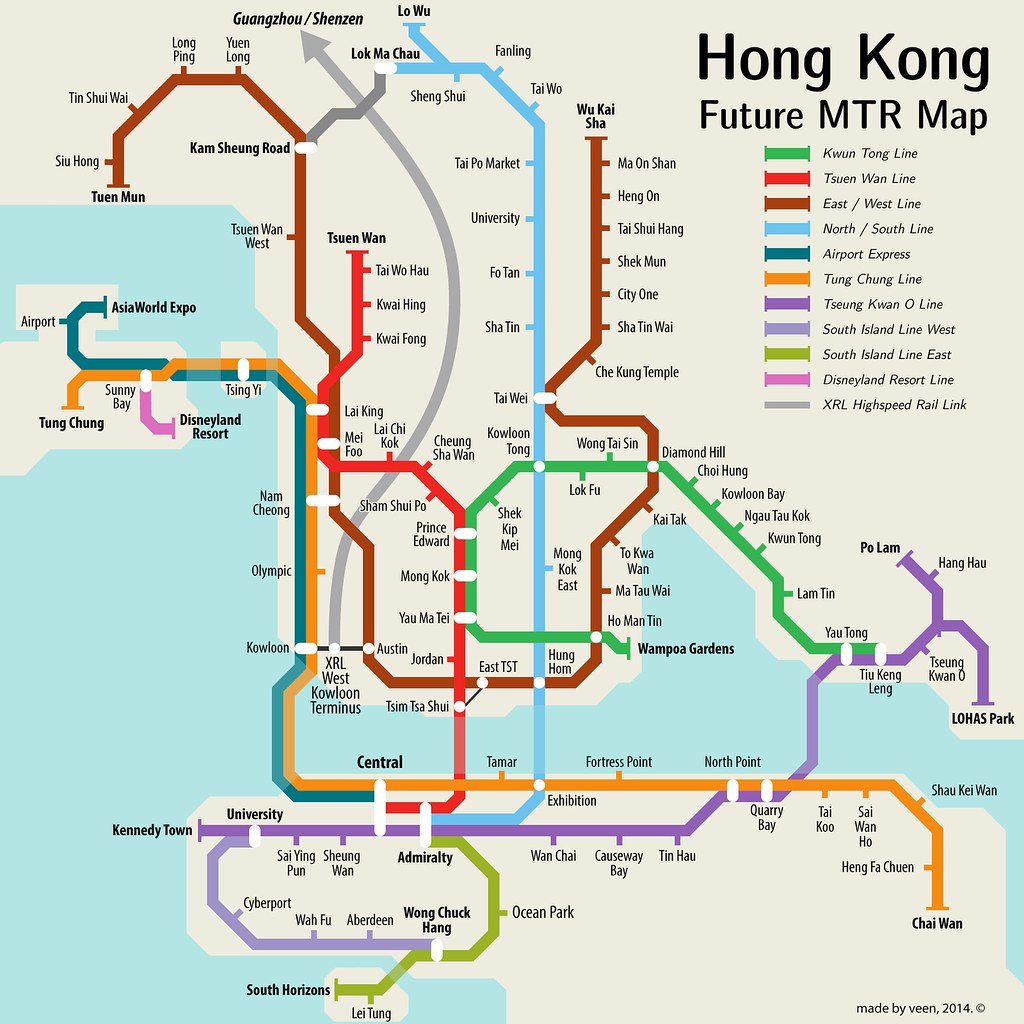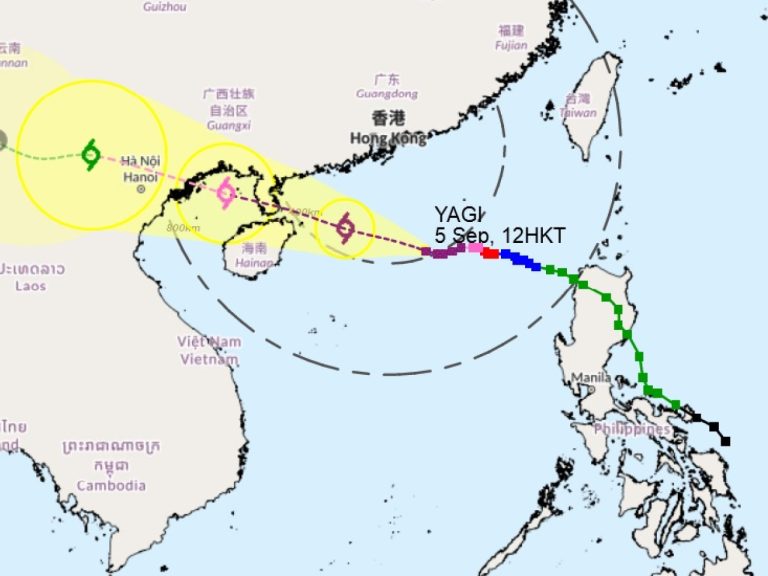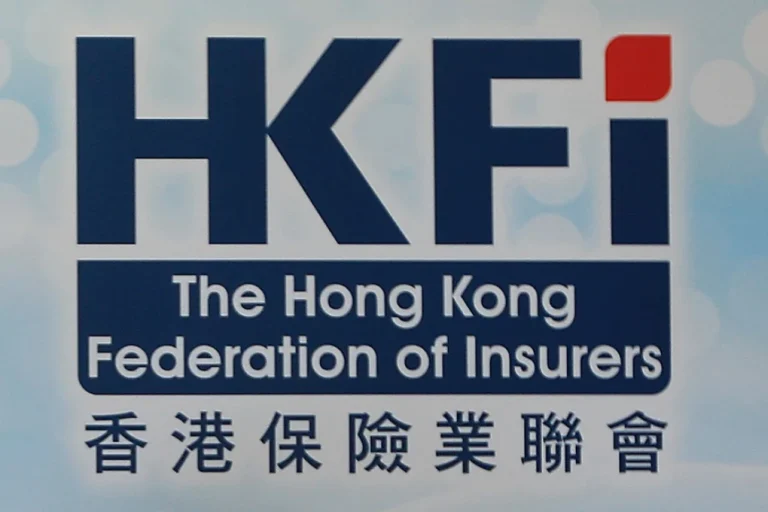Navigating Hong Kong’s Transportation Challenges During Severe Weather
When a No. 10 hurricane signal strikes Hong Kong, the city’s intricate transportation network undergoes a dramatic transformation. On Wednesday, the MTR Corporation demonstrated its commitment to public safety by implementing comprehensive service suspensions across multiple train lines and transportation modes.

The hurricane’s impact was immediately visible in the MTR’s operational strategy. All outdoor train services were completely halted from the first train of the day, creating a significant disruption for commuters and travelers. This wasn’t a partial shutdown, but a systematic suspension affecting multiple major lines and routes.

Travelers experienced widespread service interruptions across key transportation corridors. The entire Airport Express and Disneyland Line ceased operations, while several critical routes saw complete or partial suspensions. The East Rail Line, Tsuen Wan Line, Kwun Tong Line, Island Line, Tung Chung Line, South Island Line, and sections of the Tuen Ma Line were all dramatically affected.

Despite the extensive disruptions, the MTR Corporation didn’t leave passengers entirely stranded. Limited underground services remained operational, albeit with significantly reduced frequencies. Train intervals stretched to 15-20 minutes on select routes, allowing some essential movement across the city. Underground sections of lines like the Tsuen Wan Line, Kwun Tong Line, and Island Line continued to provide limited connectivity.

High-speed rail services faced even more severe restrictions. All cross-border services between Hong Kong West Kowloon Station and mainland stations were completely canceled for September 24, with potential partial cancellations anticipated for the following day. The MTR was actively coordinating with mainland railway authorities to adapt to the evolving weather conditions.
The corporation’s communication strategy was crucial during this challenging period. They urged passengers to prioritize personal safety by remaining indoors and staying informed through multiple channels. Travelers could track real-time updates via the MTR Mobile app, social media platforms, station announcements, and media broadcasts.
Light rail and MTR bus services were entirely suspended, further emphasizing the severity of the weather conditions. This comprehensive approach underscored the MTR’s primary concern: ensuring passenger safety during extreme weather events.
For residents and visitors in Hong Kong, these moments highlight the city’s robust emergency response systems. The MTR’s methodical approach to service suspension demonstrates a commitment to public safety that goes beyond mere transportation management. By providing clear, detailed information about service changes and maintaining limited operational capabilities, the corporation helps minimize confusion and potential risks during severe weather events.
As the No. 10 hurricane signal remained in effect, the MTR’s actions served as a critical reminder of the importance of preparedness and adaptive infrastructure in a city frequently challenged by intense meteorological conditions. Passengers were encouraged to remain patient, stay informed, and prioritize their personal safety above all else.
The comprehensive service adjustments reflected not just a transportation response, but a broader civic approach to managing potential risks during extreme weather scenarios. For those navigating Hong Kong’s transportation landscape, flexibility and awareness became key survival skills during this challenging day.








